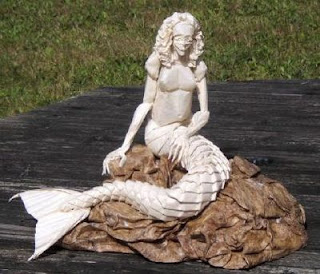
Origami (折り紙) is a form of art in Japan and in the world. Literally means “to fold paper” (折り: fold, 紙: paper) in Japanese language. Actually it’s considered a science by many, a branch of mathematics. Besides, lately some people are searching different applications for it within the engineering world and everyday product design.
For example, the structure of bottles that may be compressed easily is based on origami. Another are the small indentations in some light aluminium cans that help make the structure stronger. By the way, we all implement origami techniques when folding a map or when we make a paper plane or boat. The best known origami model is probably the Japanese paper crane.
For example, the structure of bottles that may be compressed easily is based on origami. Another are the small indentations in some light aluminium cans that help make the structure stronger. By the way, we all implement origami techniques when folding a map or when we make a paper plane or boat. The best known origami model is probably the Japanese paper crane.
For something to be considered origami, it can only be made out of a single piece of paper and it cannot be cut in any way, only folded. Usually, a squared piece of paper of a kind called washi is used.
All origami pieces can be achieved following only four basic rules. Following these rules you can make any imaginable shape.
Types of Origami
1 Action origami : Origami not only covers still-life, there are also moving objects; Origami can move in clever ways.
2 Modular origami : Modular origami consists of putting a number of identical pieces together to form a complete model. Normally the individual pieces are simple but the final assembly may be tricky. Many of the modular origami models are decorative balls like kusudama, the technique differs though in that kusudama allows the pieces to be put together using thread or glue.
3 Wet-folding : Wet-folding is an origami technique for producing models with gentle curves rather than geometric straight folds and flat surfaces. The paper is dampened so it can be moulded easily, the final model keeps its shape when it dries. It can be used, for instance, to produce very natural looking animal models.
4 Pureland origami : Pureland origami is origami with the restriction that only one fold may be done at a time
5 Origami Tessellations : Tessellation
refers to a collection of figures fill a plane with no gaps or
overlaps. In origami tessellations, pleats are used to connect molecules
such as twist folds together in a repeating fashion.
6 Kirigami : Kirigami is a Japanese term for paper cutting.
Cutting was often used in traditional Japanese origami, but modern
innovations in technique have made the use of cuts unnecessary. Most
origami designers no longer consider models with cuts to be origami,
instead using the term Kirigami to describe them.


Very beautiful, interesting and lovely photos.
ReplyDelete